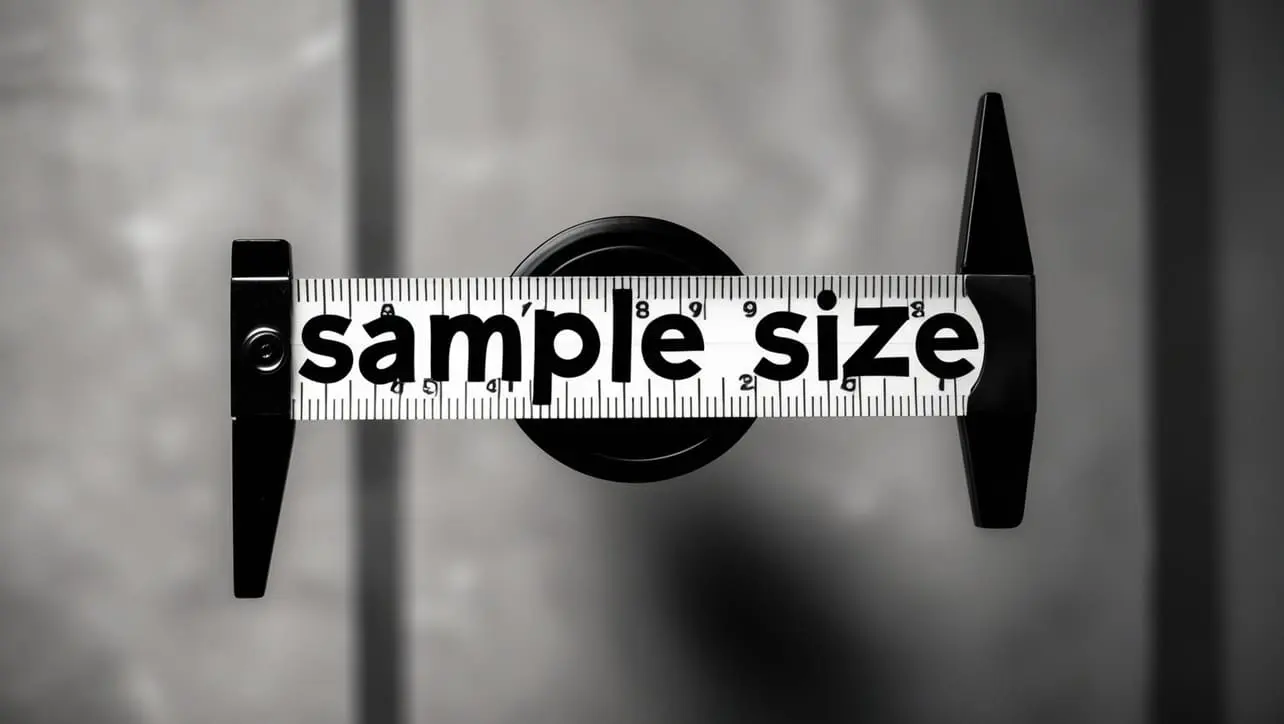
Lodash _.sampleSize() Collection Method

Photo Credit to CodeToFun
🙋 Introduction
In the diverse landscape of JavaScript programming, handling collections and generating random samples is a common task. Enter Lodash, a comprehensive utility library that simplifies array manipulation. Among its plethora of functions is the _.sampleSize() method, designed to extract a specified number of random elements from a collection.
This method proves invaluable for scenarios requiring randomization and varied sampling within your JavaScript projects.
🧠 Understanding _.sampleSize() Method
The _.sampleSize() method in Lodash facilitates the extraction of a random sample of elements from a collection. This allows developers to introduce randomness or implement features like shuffling, creating diverse subsets, or conducting unbiased sampling.
💡 Syntax
The syntax for the _.sampleSize() method is straightforward:
_.sampleSize(collection, [size=1])- collection: The collection to sample.
- size (Optional): The number of elements to sample.
📝 Example
Let's dive into a simple example to illustrate the usage of the _.sampleSize() method:
const _ = require('lodash');
const originalCollection = [1, 2, 3, 4, 5, 6, 7, 8, 9];
const sampledElements = _.sampleSize(originalCollection, 3);
console.log(sampledElements);
// Output: e.g., [2, 7, 5] (randomly sampled elements)In this example, sampledElements contains a random sample of three elements from the originalCollection.
🏆 Best Practices
When working with the _.sampleSize() method, consider the following best practices:
Specify Sample Size:
Be explicit about the size of the sample you want to extract. This ensures control over the number of elements retrieved and avoids unexpected behavior.
example.jsCopiedconst largeCollection = /* ...fetch data from API or elsewhere... */; const specificSample = _.sampleSize(largeCollection, 5); console.log(specificSample); // Output: An array containing 5 randomly sampled elementsHandle Edge Cases:
Consider scenarios where the requested sample size exceeds the length of the collection. Implement error handling or fallback mechanisms to address these edge cases.
example.jsCopiedconst smallCollection = [1, 2, 3]; const largeSample = _.sampleSize(smallCollection, 5); console.log(largeSample); // Output: An array containing all elements of the small collection (no repetition)Diversify Sampling:
Experiment with different sample sizes to achieve diverse results. This is particularly useful when dealing with visualization or scenarios where varied sample sizes enhance the user experience.
example.jsCopiedconst datasetForVisualization = /* ...fetch data from API or elsewhere... */; const smallSample = _.sampleSize(datasetForVisualization, 3); const largeSample = _.sampleSize(datasetForVisualization, 10); console.log(smallSample); console.log(largeSample);
📚 Use Cases
Randomized Display:
Enhance user engagement by randomizing the display of content, such as featured items, images, or testimonials on a webpage.
example.jsCopiedconst testimonials = /* ...fetch testimonials from API or elsewhere... */; const randomizedTestimonials = _.sampleSize(testimonials, 3); console.log(randomizedTestimonials);Quiz or Assessment Randomization:
Implement question or answer randomization in quizzes or assessments to provide a fair and diverse experience for users.
example.jsCopiedconst quizQuestions = /* ...fetch questions from API or elsewhere... */; const randomizedQuestions = _.sampleSize(quizQuestions, 5); console.log(randomizedQuestions);Gaming and Simulation:
Create dynamic and unpredictable scenarios in games or simulations by introducing randomness through sampled elements.
example.jsCopiedconst gameItems = ['sword', 'shield', 'potion', 'armor', 'key']; const playerInventory = _.sampleSize(gameItems, 2); console.log(playerInventory); // Output: An array containing 2 randomly sampled items for the player's inventory
🎉 Conclusion
The _.sampleSize() method in Lodash proves to be an essential tool for JavaScript developers working with collections. Whether you're enhancing user experiences through randomized displays or implementing diverse sampling in quizzes and simulations, this method offers flexibility and efficiency.
By adhering to best practices and exploring diverse use cases, you can harness the full potential of the _.sampleSize() method in your Lodash projects.
👨💻 Join our Community:
Author

For over eight years, I worked as a full-stack web developer. Now, I have chosen my profession as a full-time blogger at codetofun.com.
Buy me a coffee to make codetofun.com free for everyone.
Buy me a CoffeeShare Your Findings to All
Recent Post in lodash














If you have any doubts regarding this article (Lodash _.sampleSize() Collection Method), please comment here. I will help you immediately.